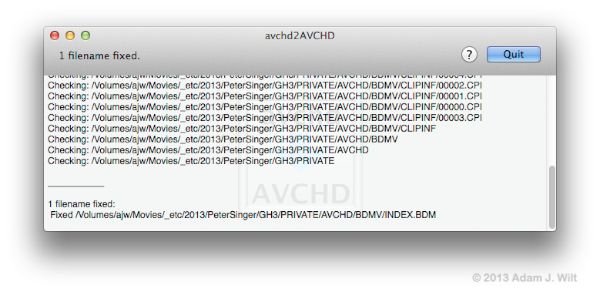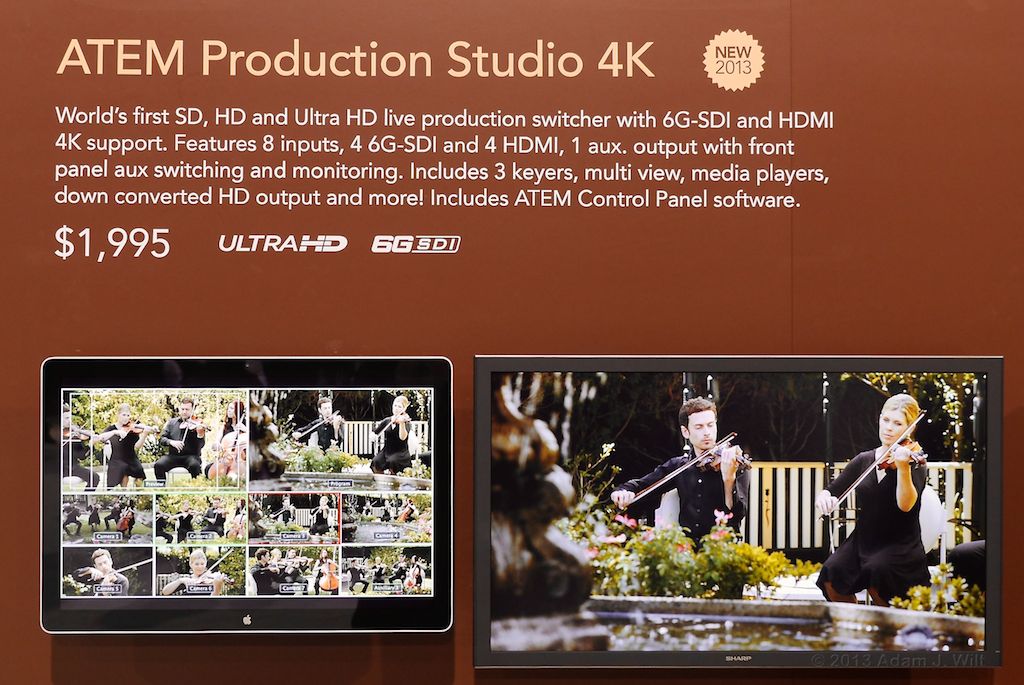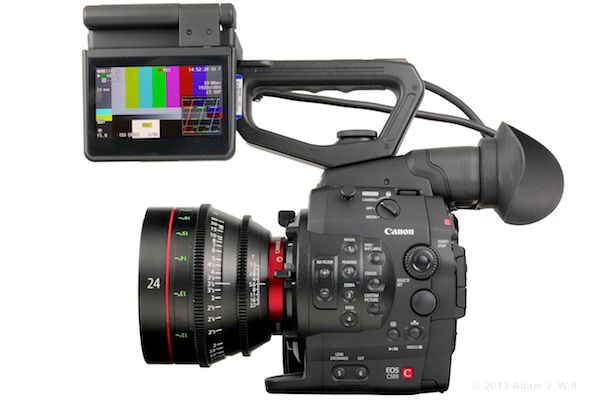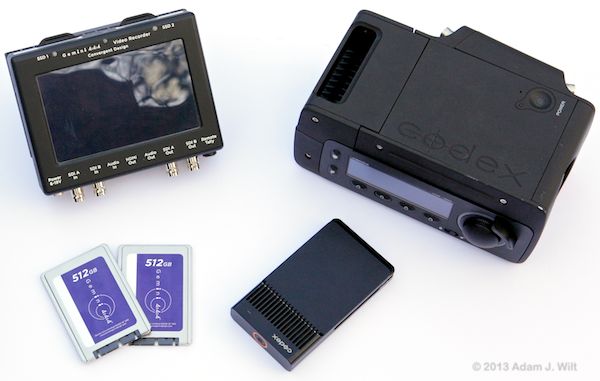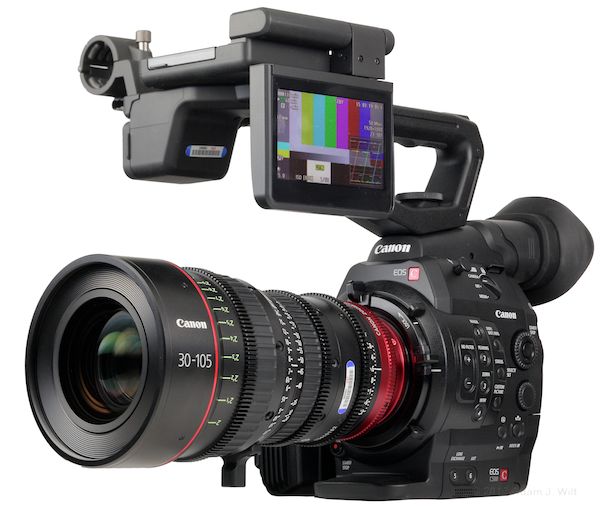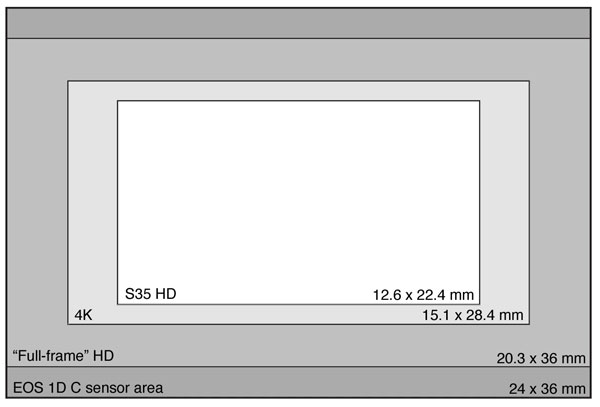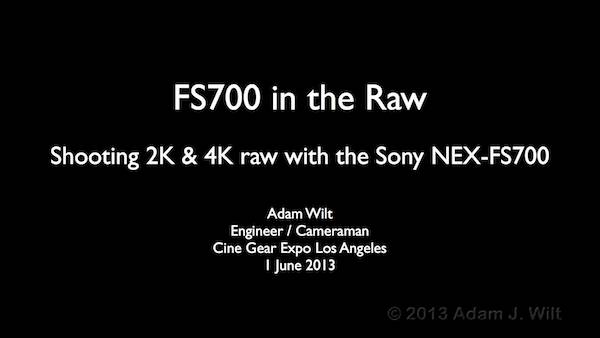
At NAB 2013, Sony announced the raw upgrade for the NEX-FS700, allowing this $7500 camera to send raw 2K and 4K video to external recorders. In the middle of May, Sony sent me a prototype raw-enabled FS700 camera, an IFR5 raw adapter, and an AXS-R5 recorder. After ten days of frantic shooting, grading, and editing, Art and I presented “FS700 in the Raw” at Cine Gear Expo. Most of what Art discussed he’s written about here; what follows is my part of the presentation.

